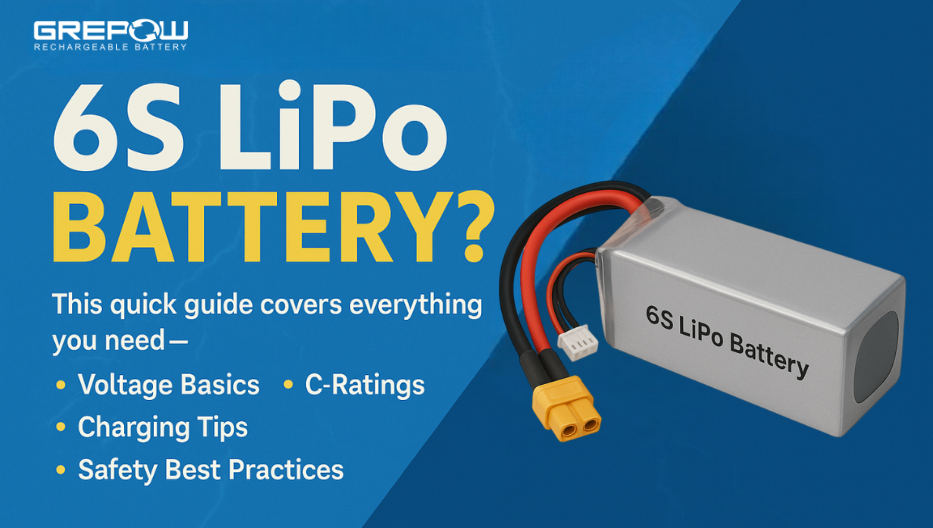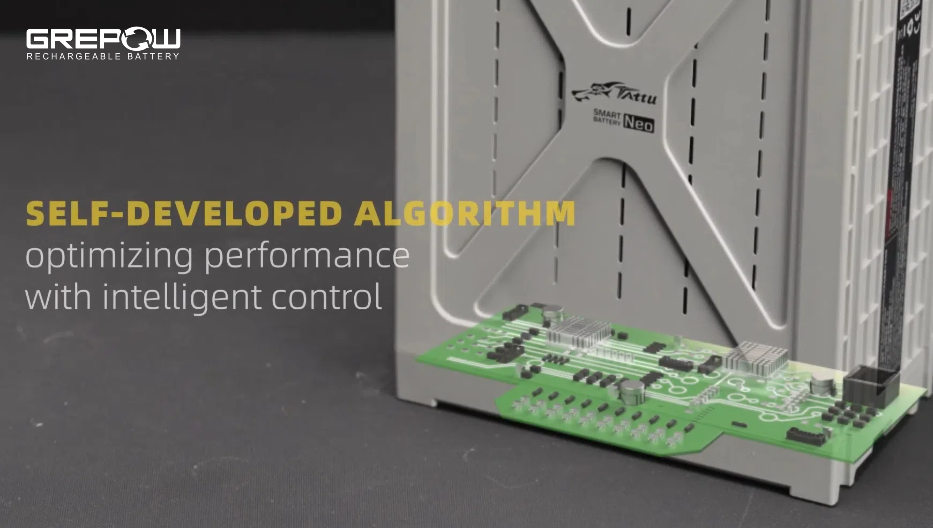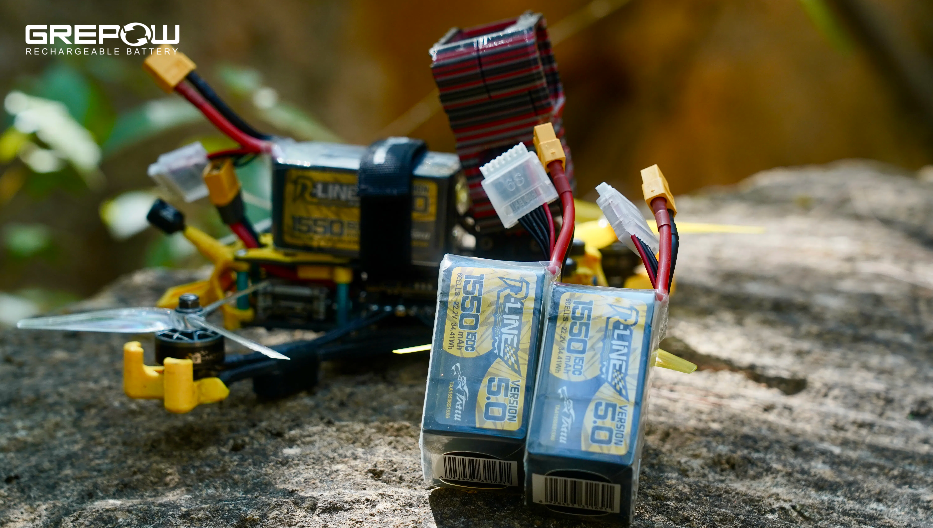Recycling used lithium batteries is a big business in China
Introduction
The use of lithium-ion batteries has surged in recent years, starting with electronics and expanding into many applications, including the growing electric and hybrid vehicle industry. But the technologies to optimize the recycling of these batteries have not kept pace.
The recycling of used lithium-ion batteries is a big "cake" for lithium battery manufacturers. A spectacular power battery "retiring tide" swept through, power lithium battery recycling has become an important issue in front of the entire industry. For the use of waste lithium-ion batteries, we know that cobalt, lithium, copper, and plastics in waste lithium batteries are valuable resources and have a very high recycling value.
Used lithium-ion battery recycling is a “money” way for battery manufacturers
Although the lithium battery is very practical, environmental pollution cannot be ignored. The electrolyte contained in the lithium battery is a dangerous item. Right now, the ternary materials occupy a considerable proportion of lithium batteries, and elements such as nickel in ternary material lithium batteries can also cause harm to the environment and the human body. China is currently one of the largest battery manufacturing regions in the world. Some analysts believe that if these used lithium-ion batteries are not properly disposed of, it will cause lithium battery pollution in 5 to 10 years, which is a more serious disaster rather than the air pollution nowadays. A person engaged in the recycling of lithium batteries said that the annual scrap of lithium cobalt oxide batteries is about 50,000 tons, and the purchase price of lithium-ion battery recycling enterprises for lithium cobalt oxide batteries is between $2,500 to 2,700 per ton. In other words, the purchase price of only lithium cobalt oxide waste batteries can be close to 140 million dollars. If power batteries, energy storage lithium batteries, etc. are taken into account, the recycling market for used batteries will be even larger.
At present, the recycling rate of used lithium batteries in the market is not even 3%, and there is a huge room for the development of lithium battery manufacturers. According to the "In-depth Research Report on Power Battery Recycling Industry" released by the future think tank, the market space of used lithium-ion batteries is expected to exceed 8.52 billion dollars from 2019 to 2025, with a compound growth rate of 50%. From 2019 to 2025, the market for metal recycling of nickel, cobalt, manganese, and lithium in the ternary lithium battery is about 6.20 billion dollars. Lithium batteries such as lithium, cobalt, copper, nickel, aluminum, iron and other metals have different degrees of economic value, and the benefits will also promote the benign development of the recycling industry. The waste lithium battery recycling industry is scarce, and the already known lithium battery manufacturers rely on it to receive millions of dollars annually.
According to statistics, if the waste lithium battery can be fully recovered, 240 tons of cobalt can be recovered each year, and this alone is worth more than 40 million. The waste lithium battery recycling industry has hidden "risk" and "money way". There are many components that can be recycled and reused in waste lithium batteries, including about 15% of metallic cobalt, 14% of copper, 25% of iron, 4.7% of aluminum, and 0.1% of lithium. These metals are a primary resource and are highly value-for-money. In particular, metallic cobalt is a rare and expensive metal. There are no separate deposits, most of which are associated with copper and nickel ore and have a low grade. Through the recovery of the aluminum-cobalt film of the positive electrode scrap of lithium-ion battery, combined with the current market situation in China, it is estimated that the cost of processing 1 ton of cobalt-lithium film is 19,000 dollar, the sales income is 27,000 dollar, and the net profit is 6,480 dollar.
Moreover, there are also many places where there are hidden dangers of “underground recycling”. Enter the keyword "power battery recycling" in the search engine, and the search results will automatically push a variety of power battery recycling ads. Among them, many companies like “small workshops” are doing the recycling and dismantling of new energy power batteries with the guise of formal recycling qualification. Some companies like small workshops will dismantle in a very rude way, taking only the valuable parts, and the rest will not cost to deal with them, which is extremely harmful to the environment. The ternary lithium battery contains important mineral resources such as cobalt, nickel, lithium, manganese and rare earth. If it is not effectively recycled and utilized, it will cause great waste of non-renewable resources.
The lithium battery recycling in USA
In January of this year, DOE launches its first lithium-ion battery recycling R&D center: ReCell, aims to grow a sustainable advanced battery recycling industry by developing economic and environmentally sound recycling process that can be adopted by industry for lithium-ion and future battery chemistries. Recycled materials from lithium-ion batteries can be reused in new batteries, reducing production costs by 10 to 30 percent, which could help lower the overall cost of electric vehicle (EV) batteries to DOE’s goal of $80 per kilowatt-hour.
Goals of ReCell:
Create new electrode and cell designs, enabling cell rejuvenation and more effective material recovery during recycling.
Develop new processes to enable cathode-to-cathode recycling of cathode powders using temperatures below 900° Celcius.
Develop new processes to recover battery materials that are currently not recovered and end up in the waste stream.
Assess the economic value and impacts on the recycling stream of end-of-life options.
China's lithium battery recycling market development trend
1.At this stage, the recycling method of lithium batteries will still be mainly based on dismantling and recycling, and digital batteries will still be the main body of battery recycling;
2.After 2020-2022, with the approaching life expectancy of the power battery approaching, the recovery of power battery will usher in a “peak” stage, and the market recycling volume will exceed 20%;
3.At this stage, the relevant supporting policies and battery recycling mode are not perfect. The growth rate of China's lithium battery recycling industry is limited. In the future, with the gradual implementation of relevant policies of various national departments and the increase in the value of terminal products, some enterprises will welcome Come to a big profit space.
Summary:
It is predicted that the recycling of power waste lithium batteries will be close to 40Gwh in 2020. It is expected that the recovery of power batteries will be close to 70Gwh in 2022. The market scale is expected to exceed 10 billion yuan in terms of metal content.
Learn more about battery
Keep an eye on Grepow’s official blog, and we’ll regularly update industry-related articles to keep you up-to-date on the battery industry.
Grepow: https://www.grepow.com/
Grepow Blog: https://www.grepow.com/blog.html
Related Articles
-

Practical Guide to 6S LiPo Batteries for Drones & RC Models
2025-04-23 -

What Is a BMS Battery?
2025-04-23 -

What Is a 7 Inch FPV Drone?
2025-04-15


















































